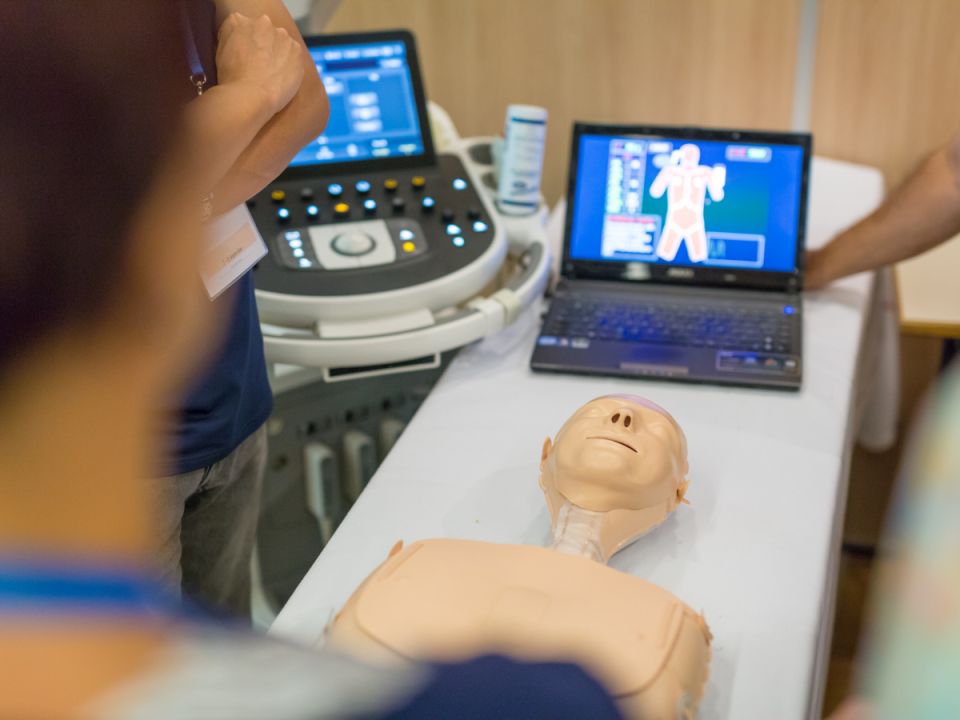Purpose of the project
We are developing a toolbox to implement simulation-based learning (SBL) in different stages of occupational therapy programs, in order to close the gap between theory and practice. SIMBA will provide new methods for teaching, learning and assessing occupational therapy competencies so that students become active participants in their learning, more confident and competent for transition to professional practice. In the long term, SIMBA aims to improve the quality, safety and effectiveness of occupational therapy services.
Activities
SIMBA consists of four work packages, containing all activities. The main activities of SIMBA are:
- four literature reviews regarding theoretical insights related to implementation of SBL, professional competencies, assessment through SBL and user experiences related to SBL in occupational therapy;
- needs analyses and data collection through qualitative research by means of focus groups with stakeholders;
- development of SBL materials based on previous research (see results);
- validation of the developed assessment and scripts;
- dissemination.
The SIMBA project is a collaboration between AP University of Applied Sciences and Arts in Belgium, University of Applied Health Sciences ZVU in Croatia, Joanneum University of Applied Sciences in Austria, Istanbul Medipol University in Turkey and University of Turku in Finland. All partners work together on different activities within the work packages, as they are interconnected and build on each other.
Results
SIMBA strives to develop:
- an SBL framework of occupational therapy competencies;
- guidelines for the application of SBL in occupational therapy courses;
- a valid and reliable SBL assessment;
- structured case-based digital/hands-on scenarios;
- an SBL manual for teachers;
- a validated learning and dissemination web platform, available in the 5 official languages of the partner organizations and ready to apply and disseminate at different stages of European occupational therapy programs.






